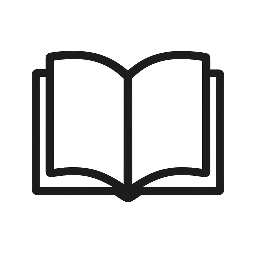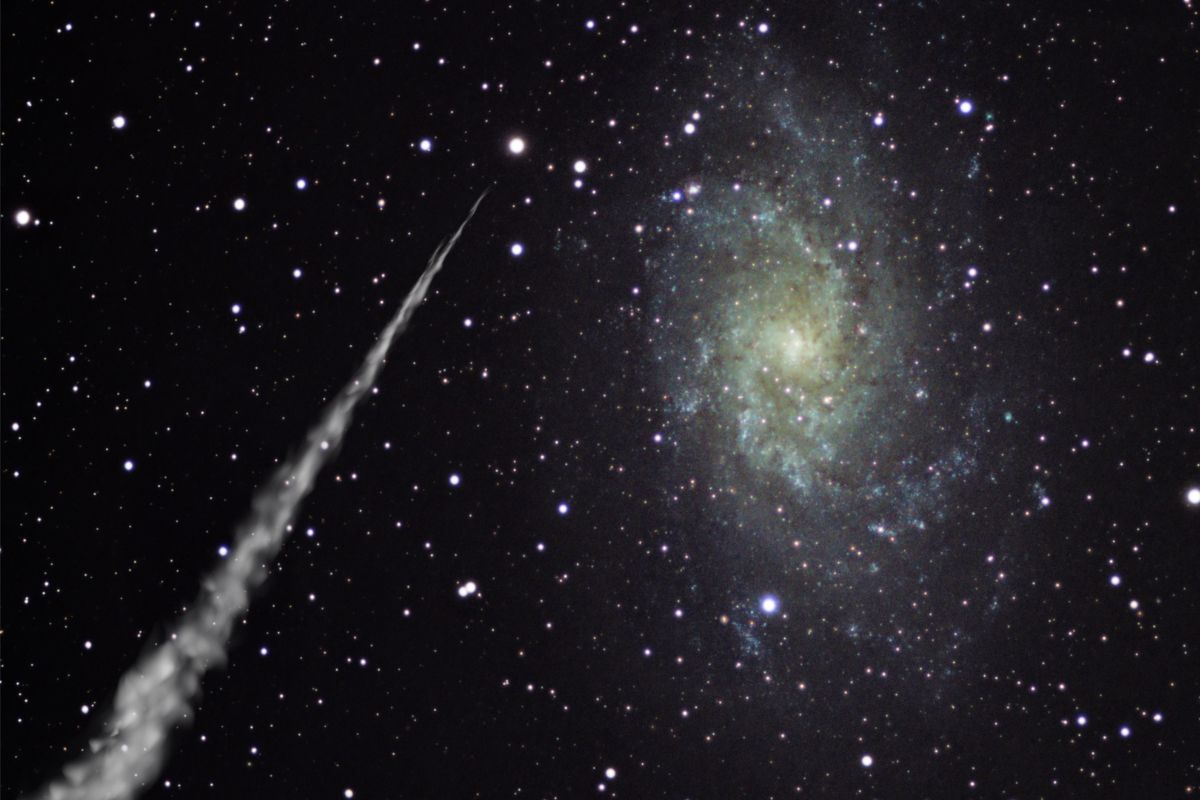NASA has confirmed the transit of 3I/ATLAS. This interstellar comet is moving through our solar system. This event has sparked both scientific excitement and public interest. Spotted on July 1, 2025, by the ATLAS survey telescope in Chile, this icy visitor is the third known interstellar object. It follows ‘Oumuamua in 2017 and Borisov in 2019.
What distinguishes 3I/ATLAS is its hyperbolic orbit, which means that it began elsewhere in the universe, outside the solar system. Rather than having a looping course around the Sun, as do most comets, its path cuts across the solar system, never to be seen again. NASA calculations confirm that the comet will be closest to the Sun on October 30, 2025. It will be about 1.4 astronomical units away, just beyond Mars’ orbit.
Unprecedented Observations
NASA and the European Space Agency (ESA) have deployed an armada of instruments to investigate 3I/ATLAS. ESA’s ExoMars Trace Gas Orbiter captured stunning images of the comet passing Mars on Oct. 3. NASA’s Perseverance rover may have captured a strange streak in the Martian sky. It’s believed to be a comet.
BREAKING 🚨: NEW footage shows interstellar object 3I/ATLAS from Mars orbit
Mind blowing this came from another star system 🤯
(via ESA) pic.twitter.com/LW3fVhM7Mo
— Latest in space (@latestinspace) October 8, 2025
The Neil Gehrels Swift Observatory spotted ultraviolet light from hydroxyl molecules, which are linked to water. This shows that 3I/ATLAS is losing water vapor, even when it’s far from the Sun. This is extremely rare because comets only start outgassing once in closer proximity to solar warmth.
Astronomers estimate the comet is releasing about 40 kilograms of water each second. At least 8% of its surface is actively sublimating. This activity rate is nearly double that of average solar system comets. This hints at a unique composition and structure.
Also Read: Top 10 Female Leaders Behind Britain’s Biggest Companies
Scientific Significance
The finding of 3I/ATLAS presents a unique chance to examine materials created around far-off stars. Spectral analysis shows the comet is rich in water but has few carbon-based molecules. This suggests it likely originated in a metal-poor, carbon-poor region of the galaxy.
Harvard astrophysicist Avi Loeb has joined the public debate about the comet. He dismisses ideas of alien technology and blames NASA’s slow updates on the recent U.S. government shutdown. Loeb said the long streak seen in rover photos is likely a photographic artifact. This is due to the comet moving quickly across the sky.
A Glimpse Beyond
As 3I/ATLAS moves forward, NASA plans more observations. The James Webb Space Telescope, Parker Solar Probe, and SPHEREx will help learn about its path and makeup. The comet is safe for Earth, but its brief visit gives us valuable insights. It helps us learn about the materials in planetary systems and maybe even the origins of life.


Leave a Reply